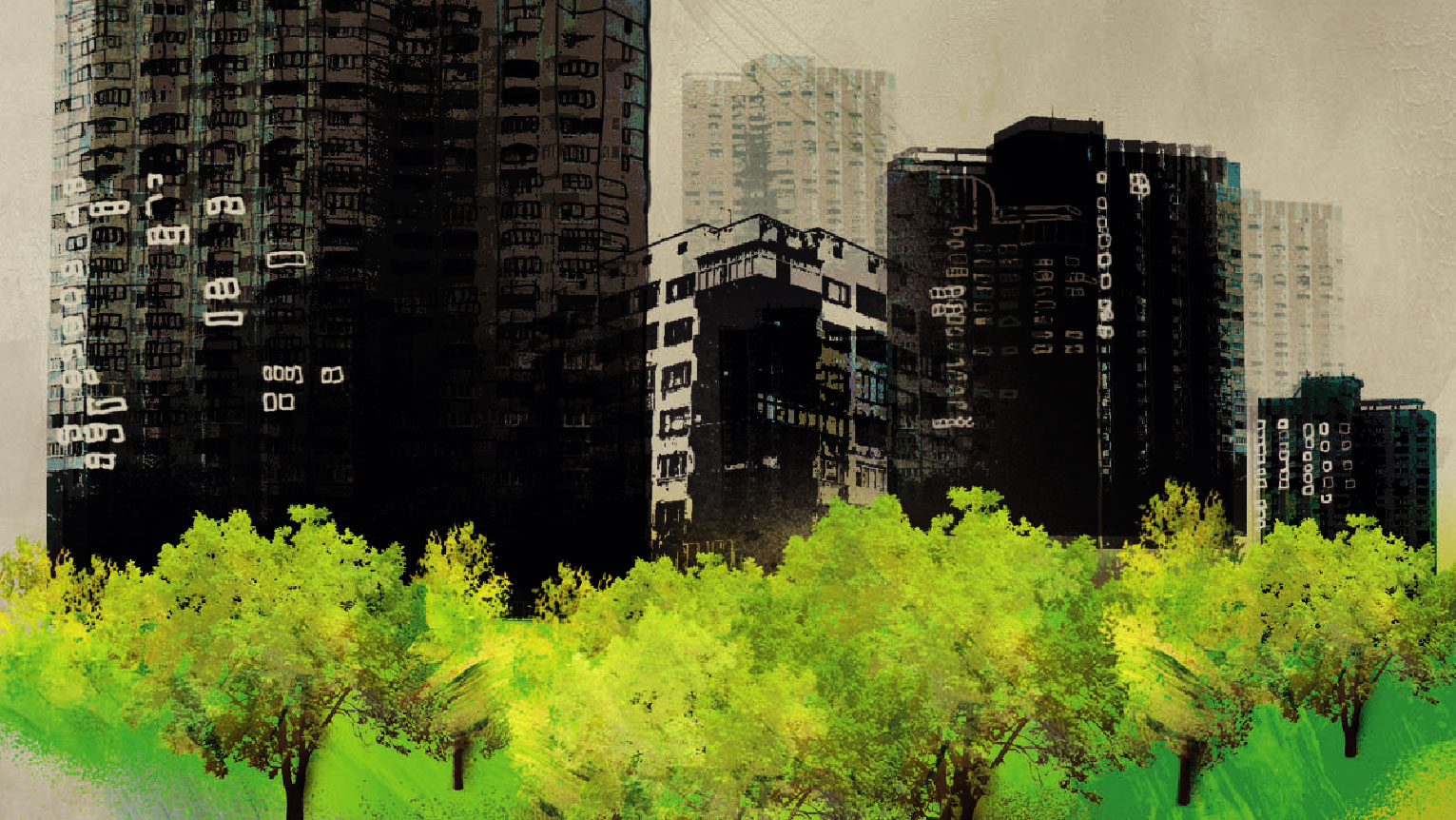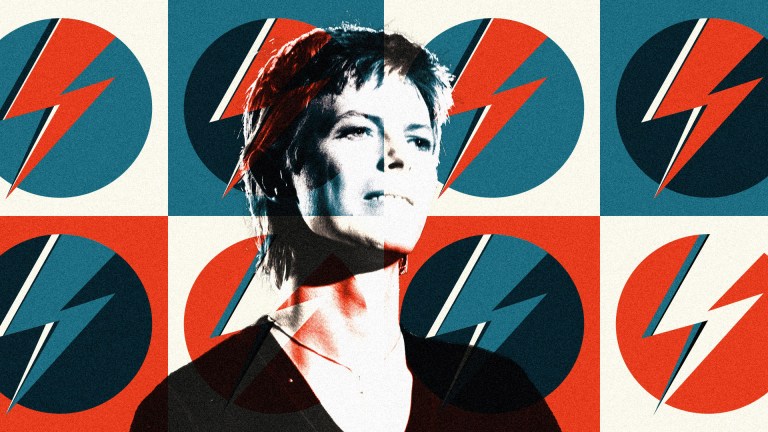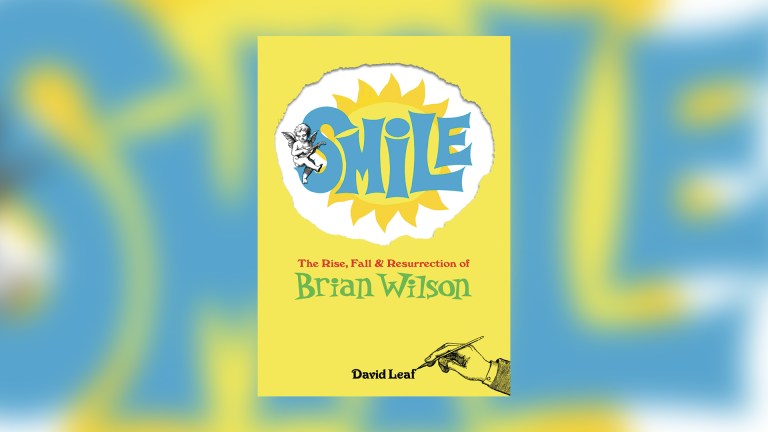Every new year, millions of people across the former Soviet Union watch a film about mass-produced public housing. The premise of Eldar Ryazanov’s Irony of Fate is that our hero, who has got phenomenally drunk on New Year’s Eve, has flown from Moscow to St Petersburg, gets in a cab and asks to be taken to 3 Builders Street. He arrives at a high-rise block in a housing estate exactly like his own, where he enters an identical flat, and then passes out on the identical sofa. Hilarity and romance ensues when he wakes up in a strange woman’s flat.
The vast housing estates of the former USSR can look startlingly monolithic, an image of an all-powerful state. But the popularity of that film shows something else – that most people have adapted and domesticated these places as they’ve lived in them over several generations.
Although they’re seen as typically ‘Soviet’, the story of the prefabricated housing estates that surround every post-Soviet city actually begins in France. It was in Parisian suburbs like Drancy and Sarcelles where it was first decided to solve the housing question by making flats like Ford made cars – identical, comfortable, any colour as long as it’s grey. This only came to the Soviet Union under Nikita Khrushchev in the late 1950s.
Part of his project of ‘de-Stalinisation’ involved solving the appalling housing crisis created first by the huge urban growth caused by the famine in the countryside and the need for factory workers in Stalin’s massive industrialisation programme, and second, by the destruction of hundreds of towns and cities by the Wehrmacht in the ‘Great Patriotic War’. Stalin, curiously, seemed uninterested in the problem, and concentrated on building luxury flats for the elite. Khrushchev, on the other hand, believed that without making sure every Soviet citizen had a decent home, the system would face a worker’s revolt. The French had shown how to do it – fast, cheap, modern – but the Soviets would add a whole new scale.
The Moscow suburb of Novye Cheryomushki (‘New Cherry Town’) was the showcase of the system-built blocks of flats that would be nicknamed ‘Khrushchevki’. It was, at first, a cause célèbre – thousands flocked just to visit, and Shostakovich wrote an operetta about every Muscovite’s desire to live there. But within a few years, it was one of very many identical ‘microdistricts’. The blocks would get bigger and longer under Brezhnev, but the scene was set for a country where a housing estate on the border of Sweden would look the same as one on the border of Afghanistan or Japan.










